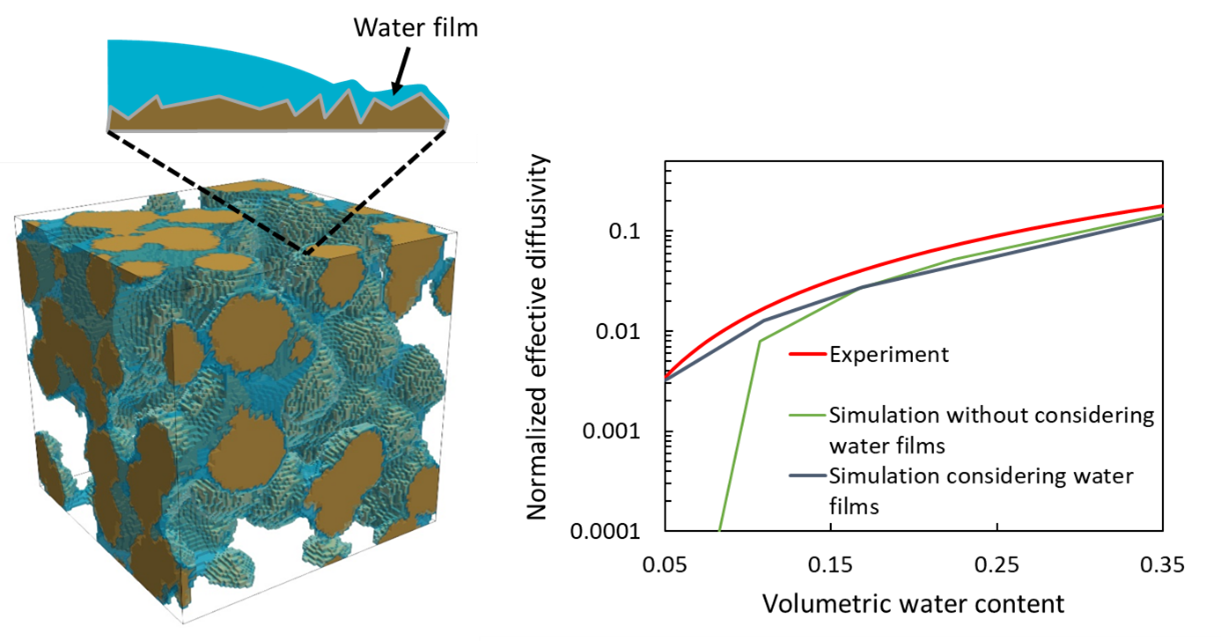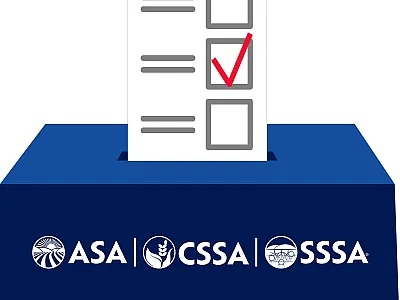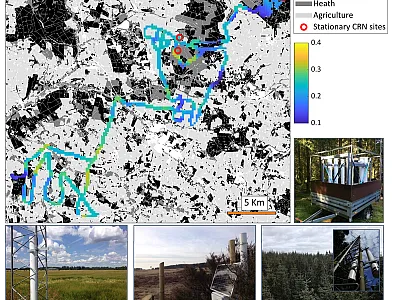New pore-scale model for solute movement in unsaturated soils

Understanding how solutes move through the vadose zone is crucial for agriculture and environmental research and applications, such as groundwater contamination or soil remediation. Many models have been developed to accurately predict the movement of solutes in partially water-saturated soils. But how is their accuracy, especially when there is very little water present? A key challenge is the accurate description of solute movement in the thin water films that coat the surfaces of the soil particle.
To investigate this, researchers at Forschungszentrum Jülich in Germany developed an advanced pore-scale model. This model gives insights into the diffusive transport that takes place within the water films on the surface of soil particles and its correlation with the overall solute movement in soils. Using this model, the researchers assessed the contribution of these thin water films on diffusive solute transport and how well classical models perform in rather dry conditions.
These pore-scale insights improve the understanding of solute movement in the vadose zone. The pore-scale model builds a bridge across the microscale to the macroscale (e.g., centimeter scale), offering a promising tool to study the physical, chemical, and biological dynamics in a variety of subsurface applications.
Dig deeper
Yang, Y., Patel, R. A., Prasianakis, N. I., Churakov, S. V., Deissmann, G., & Bosbach, D. (2024). Elucidating the role of water films on solute diffusion in unsaturated porous media by improved pore-scale modeling. Vadose Zone Journal, 23, e20321. https://doi.org/10.1002/vzj2.20321
Text © . The authors. CC BY-NC-ND 4.0. Except where otherwise noted, images are subject to copyright. Any reuse without express permission from the copyright owner is prohibited.








